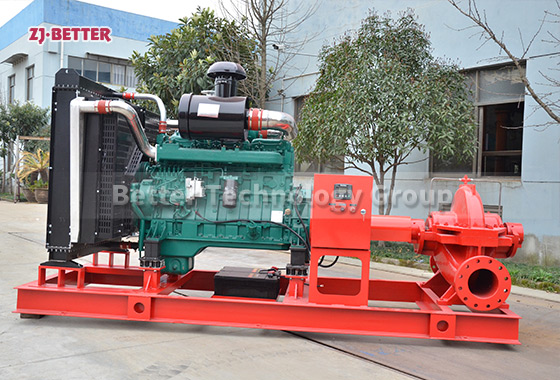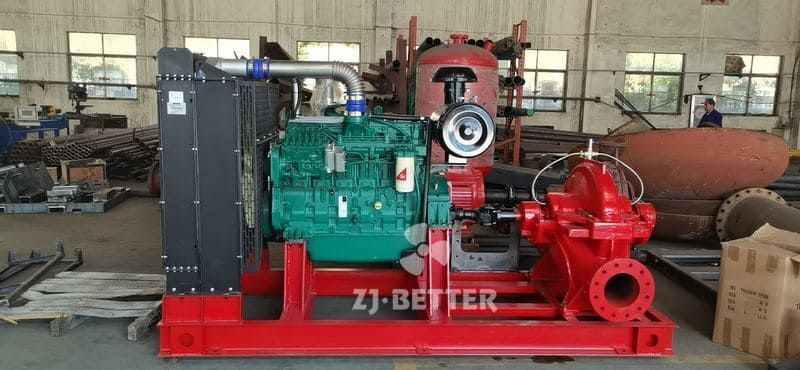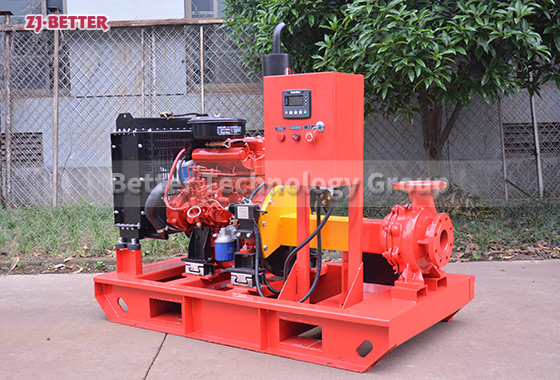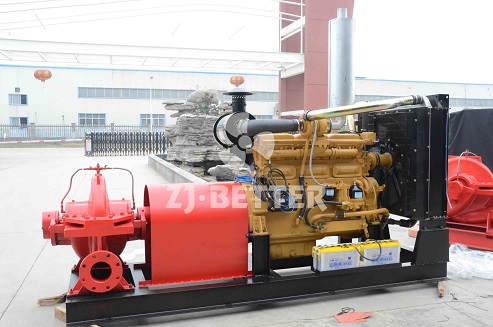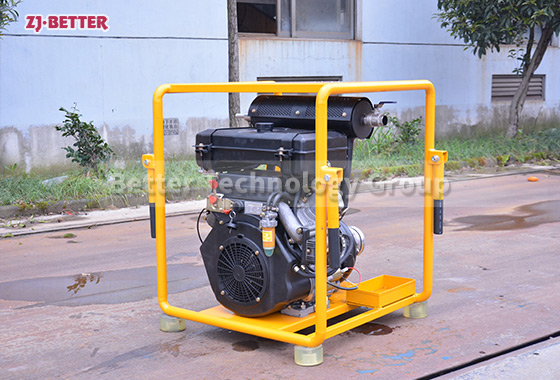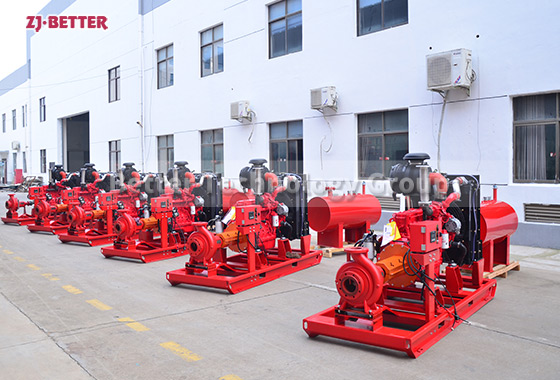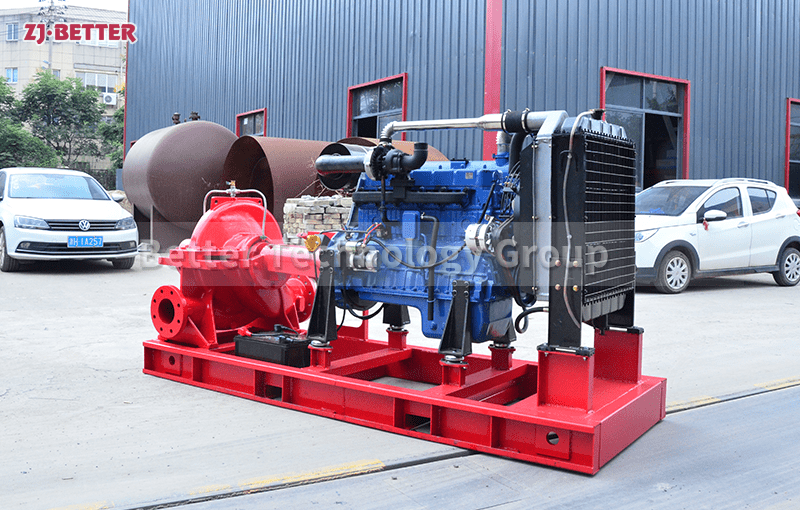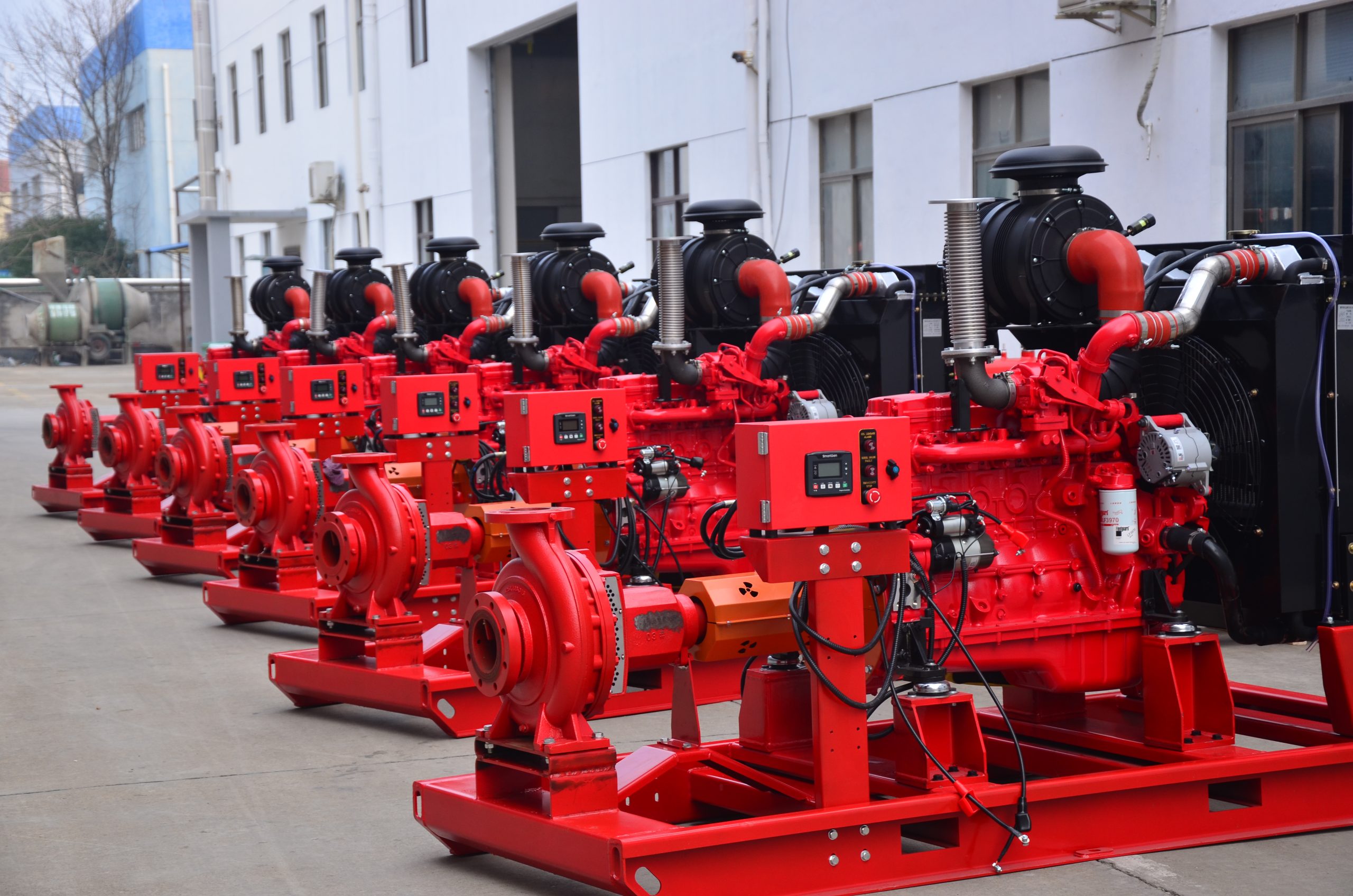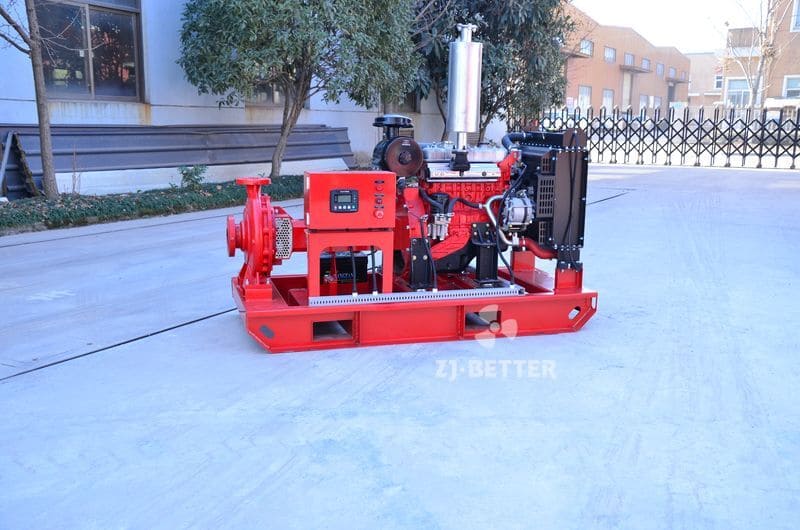Home » Diesel engine fire pump » The XBC 10-30-IS fire pump: a highly efficient and reliable equipment
The XBC 10-30-IS fire pump: a highly efficient and reliable equipment
We take pride in introducing the XBC 10-30-IS fire pump, a highly efficient and reliable equipment that will provide exceptional fire protection.
The XBC 10-30-IS fire pump stands out with its outstanding performance and advanced technology. Whether dealing with emergency situations in buildings, factories, warehouses, or ports, it can reliably provide a stable water source. With a flow rate of 10 cubic meters per hour and a head of 30 meters, the XBC 10-30-IS fire pump can swiftly deliver a large volume of water to the fire scene, ensuring effective fire control.
Contact US
Get Price
Share:
Content
The XBC-IS Diesel Fire Pump Set offers several key advantages:
- Automatic Startup: The diesel engine pump set can automatically start and operate at full load within 15 seconds upon receiving signals such as fire alarms, network pressure changes, power outages, or other startup triggers.
- Automatic Charging: The battery can be charged automatically using either mains power or the diesel engine’s charging generator, ensuring smooth startup of the pump set.
- Automatic Alarm System: The pump set features automatic alarm protection for low oil pressure, high water temperature, and over speed conditions, providing timely alerts and shutting down when necessary.
- Automatic Preheating: The preheating function keeps the diesel engine in standby mode, ready for emergency operations at any time.
- Direct Coupling Design: For diesel engine pump sets up to 360kW, the innovative direct coupling technology connects the diesel engine and water pump directly with an elastic coupling joint. This design minimizes potential points of failure, significantly shortens the startup time, and enhances the reliability and emergency performance of the pump set.
Inquiry
More Diesel engine fire pump

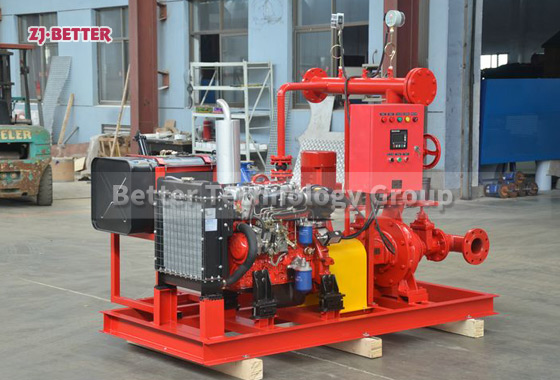
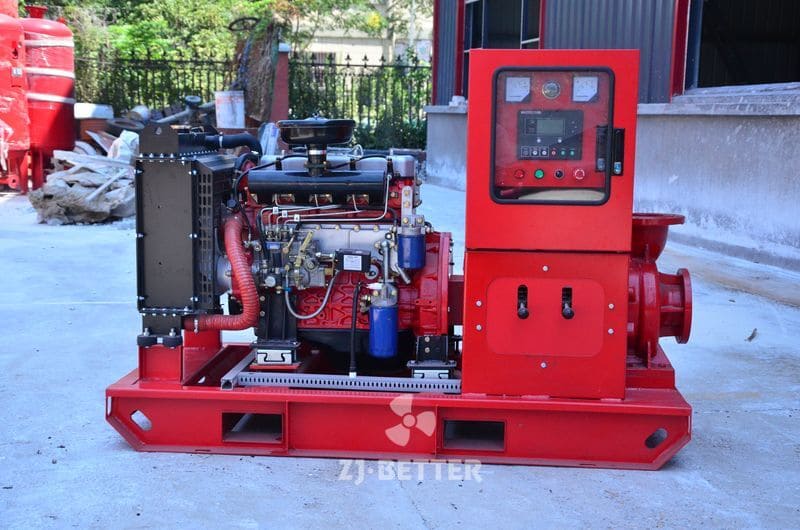
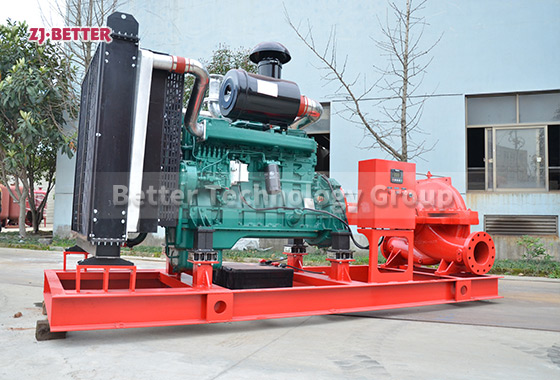
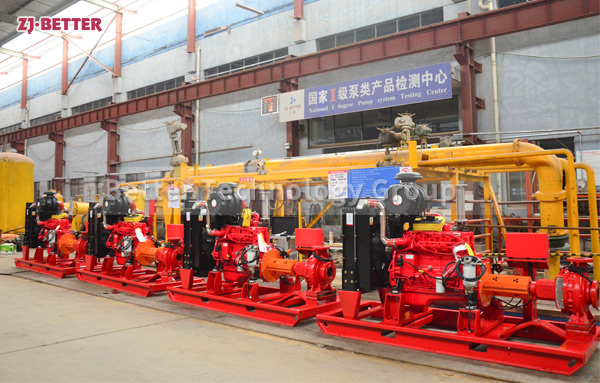
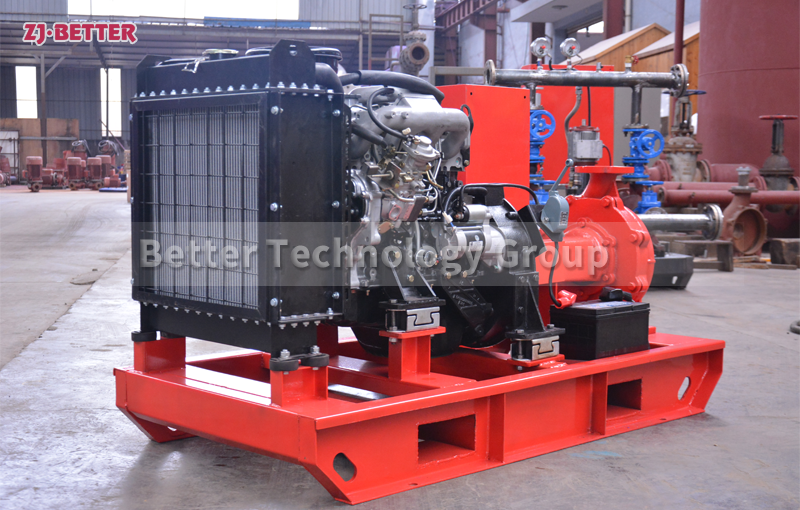
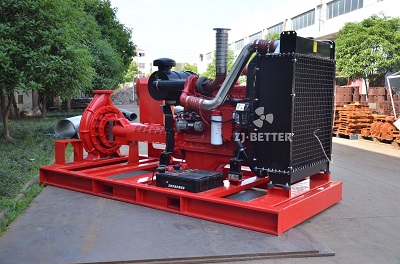
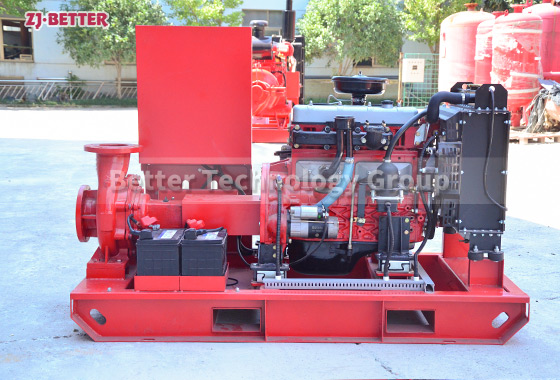
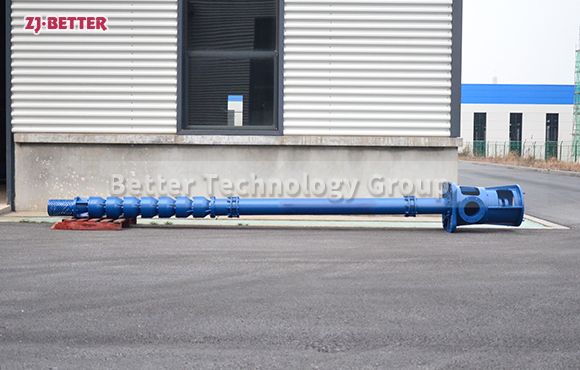
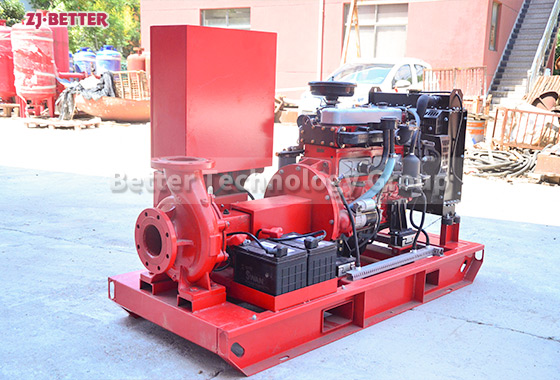
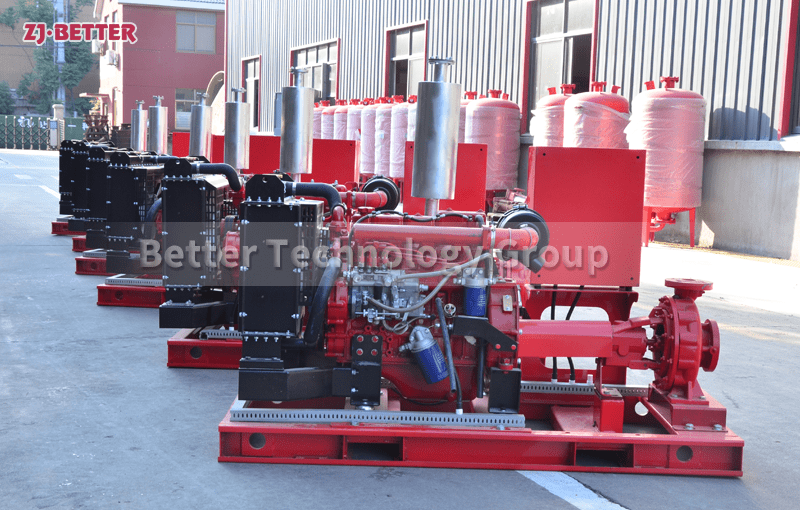
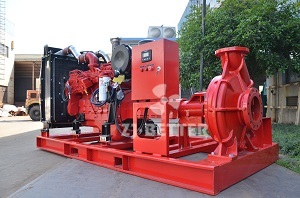
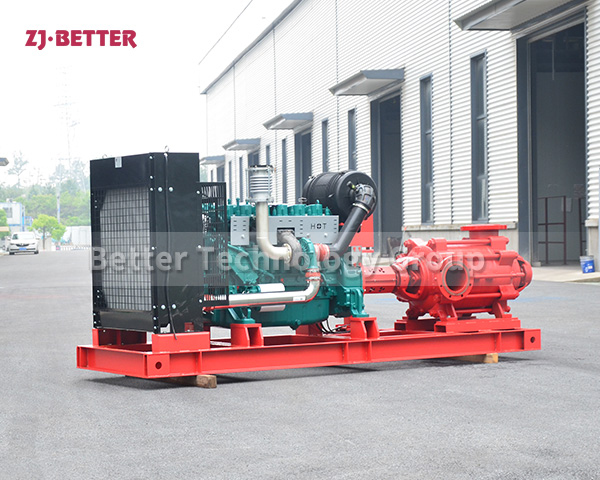
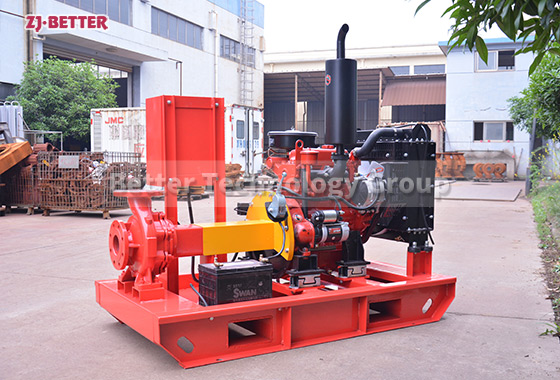
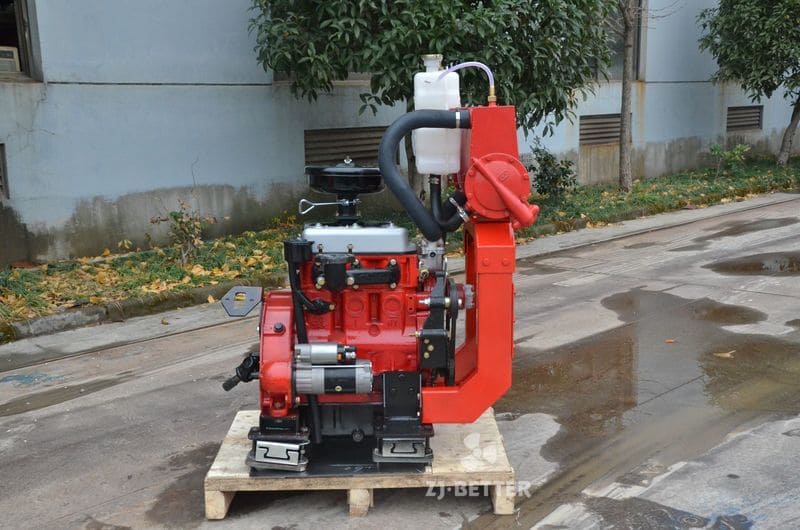
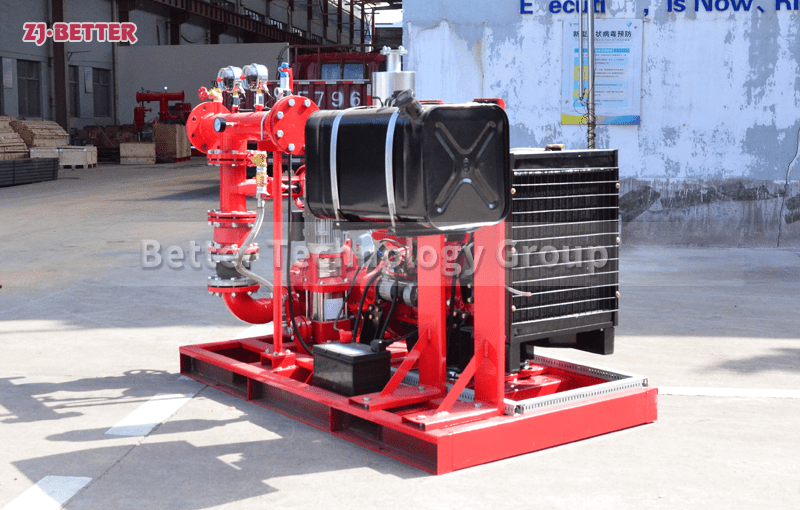
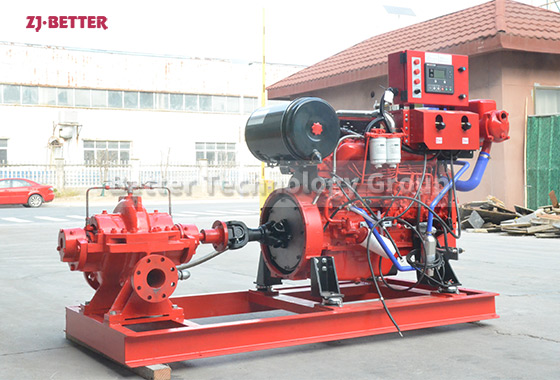
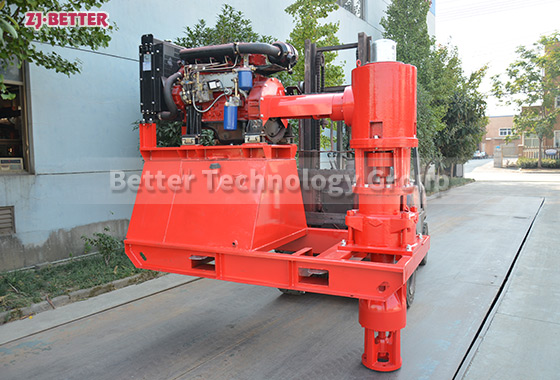

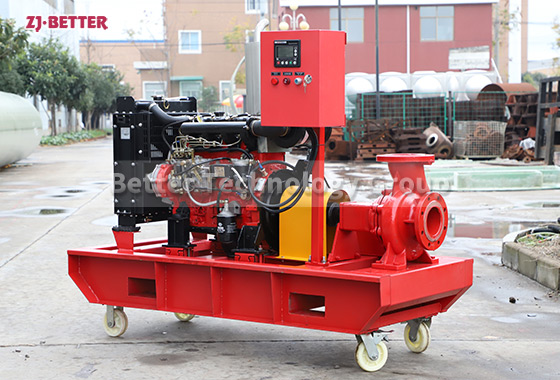
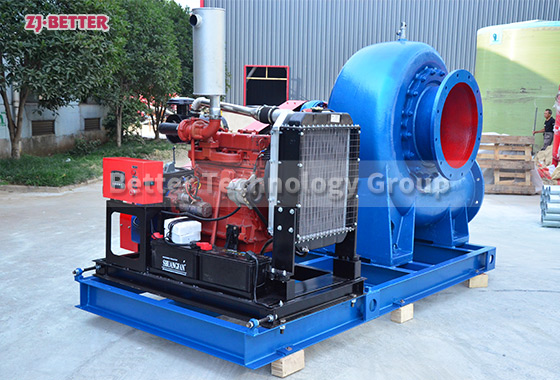
.jpg)
